OlgaMiltsova/iStock/GettyImages
Camellia oil, also known as tea seed oil – but definitely not to be confused with tea tree oil, which is inedible – is commonly used in some Asian dishes. Unlike olive, sesame and peanut oils, camellia oil is known for its light flavor that doesn't interfere with the flavors of the other ingredients. This makes it a good option for cooking simple dishes in which you want to spotlight delicate flavors and fresh ingredients.
Uses
Camellia oil lets the flavors of other ingredients shine through in stir-fries, and its lightness means that other fried items maintain their own flavors and seasonings become bolder. Drizzle or brush it on meats to keep moisture in for baking, or spread a light coating on your pans for its nonstick properties without adding unwanted flavors. It works particularly well for cooking fresh vegetables to let the full flavor come through without an oily taste, which might even make your pickiest eaters happy. It also has a higher smoke point than many other common cooking oils, making it suitable for high heat and extended cook times without concern of burning the oil and imparting rancid flavors into your food.
Substitution
You can substitute camellia oil for any other cooking oil in the exact amount. If you are substituting camellia oil for butter, however, cut back the amount by about one-fifth. Substituting oil for butter or other solid fats can also alter a recipe's texture, so you may need to experiment a bit with cutting back on other liquids if using camellia oil in baked items like breads, cakes or cookies. They'll still taste just as good, but you may hear a few complaints from the kids if their favorite snacks don't look or feel the same as they used to.
Alternatives
There are plenty of oils to choose from, each with different properties, and the selection can be confusing. If you want the lightness and mildness of camellia oil but can't find it in stores, grape seed oil has similar properties. If you're looking for an oil with a stronger flavor, try olive, peanut or sesame oil, or add a little extra seasoning to the camellia oil, such as lemon juice, vanilla or garlic, to make up for its milder flavor.
A Good Source of Good Fat
Camellia oil, like other cooking oils, is 100 percent fat. This means it packs a high caloric punch – 9 calories per gram – so is best used minimally. However, camellia and other nontropical plant-based cooking oils are made up of heart-healthy monounsaturated and polyunsaturated fats, as opposed to less preferable saturated fat and the truly-bad-for-you trans fat. So, camellia oil is a perfectly sensible part of a healthy diet.
Related Articles
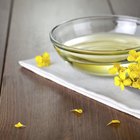
What is Rapeseed Oil?
How Long Can You Keep and Reuse Peanut ...
Substitutes for Olive Oil in Cooking

Sesame & Peanut Oil for Cooking

Substitutes for Walnut Oil
How to Make Homemade Tortilla Chips

What Is Expeller Pressed Canola Oil?

The Best Vegetable Oils for Deep Frying

Substitutes for Groundnut Oil in Cooking

Cake Mix Alternative for Oil

Substitution for Oil in Baking Brownies

Cooking Oils With Low Smell
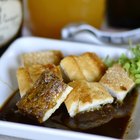
How to Make Balsamic Vinegar Olive Oil ...
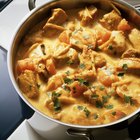
What Is Vegetable Ghee?

How to Substitute Pumpkin for Oil

How to Make Salted Mixed Nuts
Is It Safe to Reuse Your Cooking Oil to ...
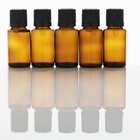
How to Make Warming Body Oil

Almond Oil Cooking Substitution
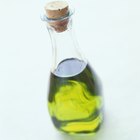
Can You Use Olive Oil in a Bread Mix?
References
- WSU Clark Extension: Garden Mastery Tips, Camellias
- "The Joy of Cooking"; I. Rombauer and M. Rombauer Becker; 1992
- American Heart Association: Dietary Fats
Resources
Writer Bio
Anne Hirsh has been writing and editing for over 10 years. She has hands-on experience in cooking, visual arts and theater as well as writing experience covering wellness and animal-related topics. She also has extensive research experience in marketing, small business, Web development and SEO. Hirsh has a bachelor's degree in technical theater and English and post-baccalaureate training in writing and computer software.